This one, possibly more so than the other rare radios already discussed, is a possible one-of-a kind.
Northland was a radio company in Minneapolis MN .that was in business from the mid/late 1920s to the early 1930s. All of the radios that exist seem to be rare, especially on the west coast. So it is rather unusual that we have two models on display, the latest being this high-boy console.
Even the design of this console is a bit unusual for 1929 since it incorporates a shortwave receiver. Shortwave listening in the US did not really catch on until later in the mid 1930s. Further indications of the rarity of this model are the complete lack of any pictures/info or even a schematic anywhere. For that mater, I don't even know if it had a model number. It has a nice brass plate stating the manufactures name and a ser. number but that is all.
Have you ever wondered why a manufacture did not add a little more gain - say one more stage of RF or audio amplification? Cost, is probably the answer, but I assure you that this chassis needs no more gain. The first 224 is directly coupled to the antenna - no antenna coil. By the time you get to the detector the signal is SO STRONG- well just let me say that one foot of wire antenna is more than adequate and that a local distance switch would have been nice. Then there one two stages of audio amplification ending in the 245s, PP through an output transformer that is just used as a choke - meaning that B+ is on the center tap of the primary and each plate is hooked to the ends as well as a high-impedance speaker. Interestingly enough, the transformer/choke does have a secondary that could drive a dynamic speaker, which had become more common by the time this radio was built.
At some point repairs had been made. In the process the cable to the shortwave receiver was completely removed. OH GREAT, and no schematic exists!
The first step was to rebuild the power supply which was potted in cans and then, just to make it harder to rebuild ;-) was enclosed in another enclosed section of the chassis with just the black, yes ALL black, wiring emerging.
SO, not only could the outer part (hub) swell up and freeze the assembly but the axil passing through it could also swell. GREAT. Had there not been some wear on the parts used in the main chassis I would have never gotten them apart. But after some lube and careful twisting - I did free this assembly. NOT SO LUCKY on the shortwave section.
NOW, a lot of old pot metal swells, splits, explodes (flings off pieces) and generally has the strength of hard mud. So, as much as I wanted to pry, heat it up or hit it with a hammer, I knew this was not going to help.
To make a long story short, I ended up cutting the dial wheel free from the hub and using the shaft of the nice tuning cap as the axil. Why could they not have built it this way to start with? It certainly moves smoother than the original design.
I analyzed the function of the on/off switch. It had the ability to switch off the filament of the single 227 tube used in this section and a lead out that was switched on when this section was off. Well it became apparent that this simple regen receiver was to be inserted after to the broadcast detector and the first 4 tubes on the main chassis were switched off while it was in use. So there goes all of that RF gain used for broadcast reception. Yep, that is the way it worked and the reason that the original owner probably did not miss it much.
At first I thought that I would combine the antenna connections into one. That was not going to work. Loss was not a problem. the problem was that the main chassis got by swell on a foot or two of antenna wire while the SW section needed a LOOONG wire. Hooking the two together resulted in audio levels from the broadcast receiver that could not be attenuated below VERY LOUD!
Tuning, as with most receivers of this type is a two fisted affair requiring back an forth between the tuning control and the regen control. it does use plug in coils, of which I have three. The testing I have done seems to indicate a tuning range inside of the "police band" or about 1.4mhz to 3 MHz, possibly higher.
"Walter" signed both chassis with his full name and the date. I am not sure of the spelling of his last name but I think I will try an internet search with a few possibilities.
Thanks, Walter.
11/9/2016 01:30:40 pmRuss,
Walter Albert Spivak was born 12 Aug 1909 in Minneapolis, Hennepin Co., Minnesota and died 29 June 2001 in Littlerock, Los Angeles Co., California. He was a white, male whose father was Jerome Spivak and mother was Ida Miller. His Social Security number was 548-09-7971. [Ancestry.com. U.S., Social Security Applications and Claims Index, 1936-2007 [database on-line]. Provo, UT, USA: Ancestry.com Operations, Inc., 2015.] [Ancestry.com. Web: Minnesota, Birth Index, 1900-1934 [database on-line]. Provo, UT, USA: Ancestry.com Operations, Inc., 2015] [Ancestry.com. U.S., Social Security Death Index, 1935-2014 [database on-line]. Provo, UT, USA: Ancestry.com Operations Inc, 2011]
In the 1920 Census, he was living at 2022, 2 ½ Street, Minneapolis City, Minnesota and was 10 years old. He was living with his:
father, A. Jerome Spivak, age 39, born in Minnesota. (Jermome’s father & mother were born in Bohemia), his occupation was a packer in a flour mill.
mother, A. Ida Spivak, age 40, born in New York, (Ida’s father was born in Germany and mother in New York)
brother, W. Edmund Spivak, age 14, born in Minnesota
sister, M. Edith Spivak, age 12, born in Minnesota
brother, L. Jermone Spivak, age 6, born in Minnesota
brother, W. Frank, age 3 and 9/12, born in Minnesota
sister, A. Liberty Spivak, age 1 and 2/12, born in Minnesota
[1920; Census Place: Minneapolis Ward 6, Hennepin, Minnesota; Roll: T625_834; Page: 20B; Enumeration District: 110; Image: 964]
In the 1930 Census, the family was at 2111 ½, 2 ½ Street South, Minneapolis City although it appears Edith had moved out, probably married. The father, Jerome was now a baker and there was no occupation listed for Walter. [1930; Census Place: Minneapolis, Hennepin, Minnesota; Roll: 1091; Page: 19A; Enumeration District: 0108; Image: 997.0; FHL microfilm: 2340826]
In 1930, Walter was a member of the Minnesota Society of Aeraunatical[sic] Engineers at the University of Minnesota. [Ancestry.com. U.S., School Yearbooks, 1880-2012 [database on-line]. Provo, UT, USA: Ancestry.com Operations, Inc., 2010.]
He appears in a city record in Bonner Springs, Kansas on 1 March 1945 with a household of 2 people. [Kansas State Historical Society; Topeka, Kansas; Collection Name: Population Schedules and Statistical Rolls: Cities (1919-1961); Reel Number: 16-664]
In 1952, Walter A. and Anna B. Spivak are living Santa Monica, California. [Ancestry.com. U.S. City Directories, 1822-1995 [database on-line]. Provo, UT, USA: Ancestry.com Operations, Inc., 2011.]
He and his wife appear to stay in California for the remainder of their lives.
(genealogy is my ‘other’ hobby)..
Cheers Bob
It turns out he became the Chief Engineer for North American and was involved with production of the XB-70 bomber (and probably quite a few other things.) In 1928-29 he was at the University of Minnesota and in August was probably working a summer job at the Northland radio plant in Minneapolis.
This URL takes you to an article about the plane and Spivak:
http://www.collectorsweekly.com/articles/capturing-a-generation-of-aviation-geniuses-and-their-incredible-flying-machines/
Photo by: © Bob Seidemann
Used with permission:

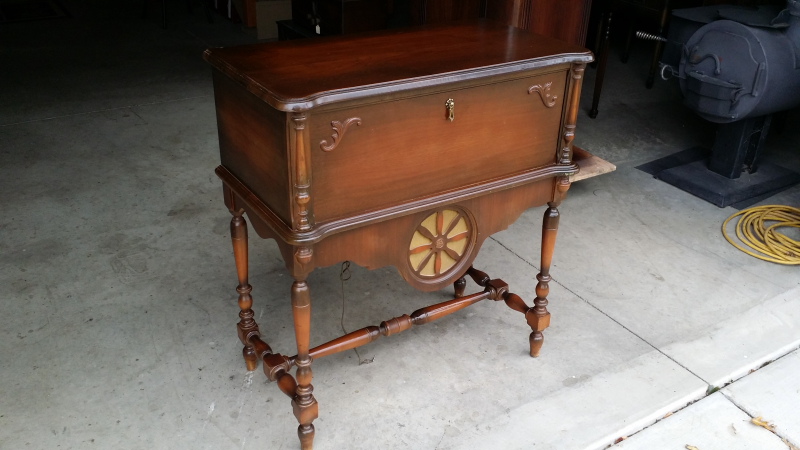
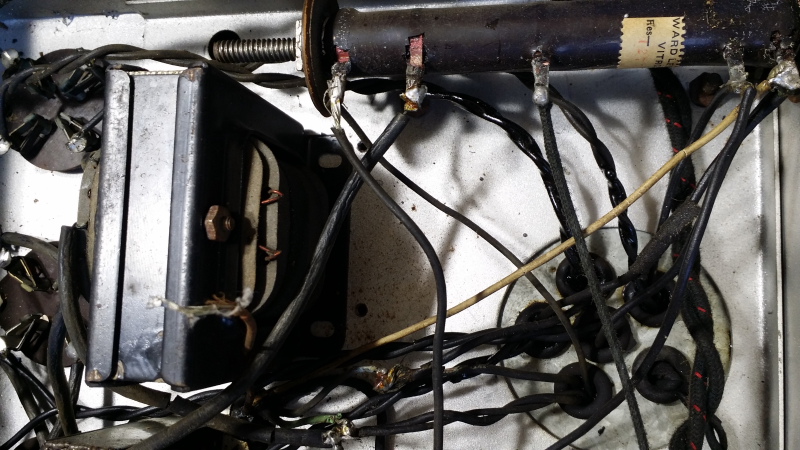

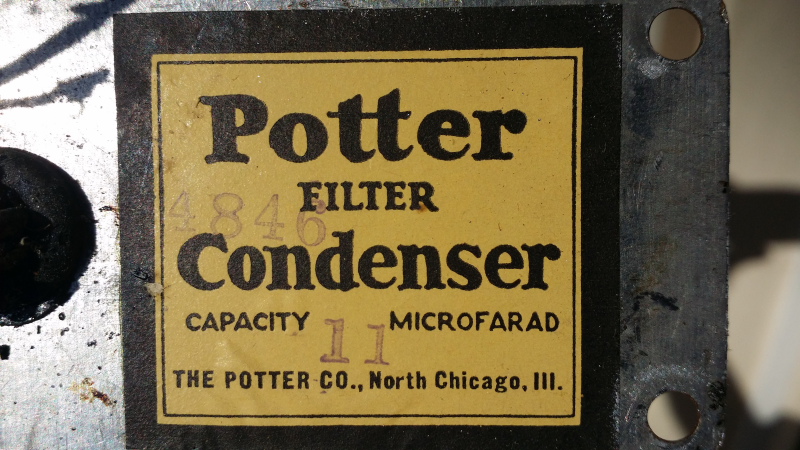
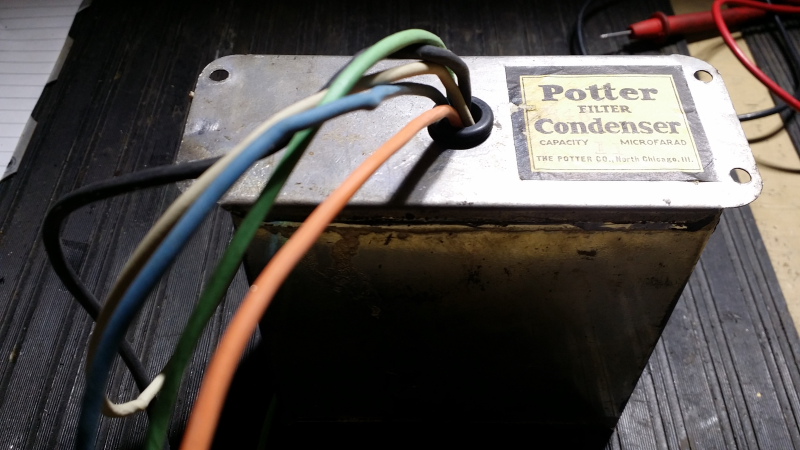
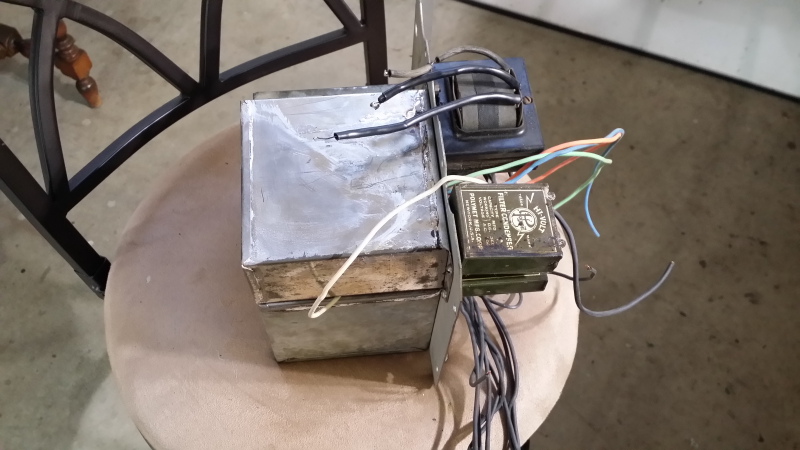
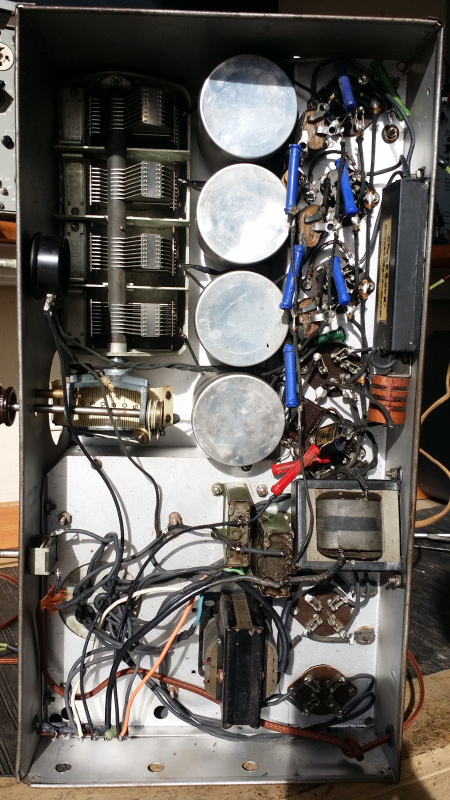
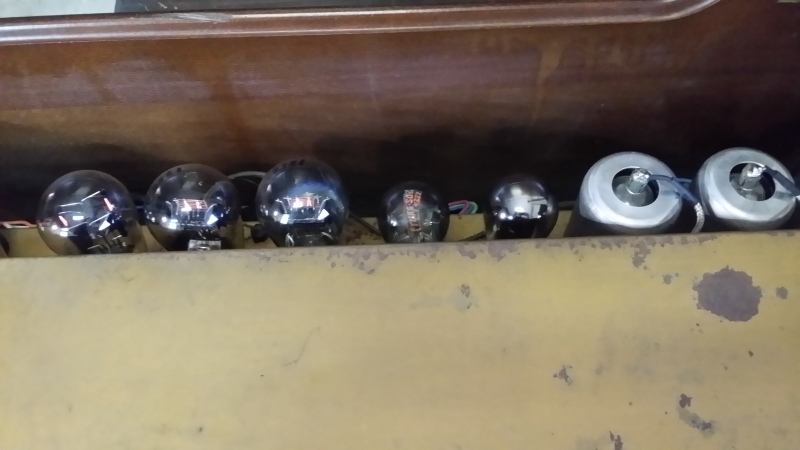
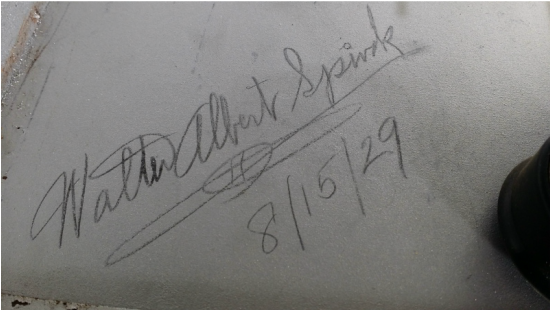
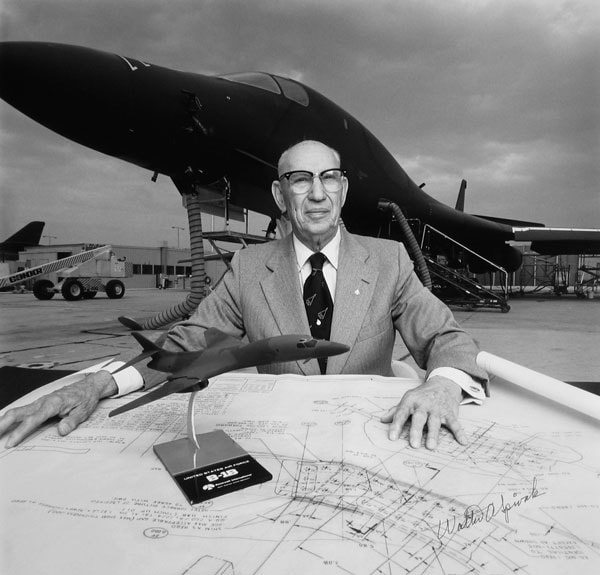
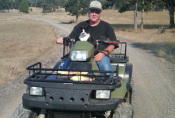
 RSS Feed
RSS Feed